Red light therapy (RLT) is a treatment that uses low levels of red light to reportedly improve your skin’s appearance, like reducing wrinkles, scars, redness, and acne. It’s also touted to treat other medical conditions. In fact, red light therapy is already widely medically accepted in its use in photodynamic therapy. In this therapy, low-power red laser light is used to activate a photosensitizer drug. The interaction creates a chemical reaction that destroys cells. It’s used to treat some skin conditions, including skin cancer and psoriasis, acne, and warts, and other types of cancer.
Now, RLT is being investigated (or already in use) for treating a wide array of health conditions. What’s confusing — and controversial — is the effectiveness of the treatment for the purposes it’s being promoted. Red light therapy is thought to work by acting on the “power plant” in your body’s cells called mitochondria. With more energy, other cells can do their work more efficiently, doing things like repairing skin, boosting new cell growth, and enhancing skin rejuvenation.
What Makes a Device Medical-Grade?
When used to describe red light therapy devices, “medical-grade” implies a higher standard for safety and efficacy. However, the term can be misleading. For one, there isn’t a standard definition. Medical-grade may be used to describe: Commercial vs. consumer devices.
Technically, a device that meets these standards could be called a medical-grade red light therapy device, because it uses medical-grade components. The device delivers specific medically recognized wavelengths of red light. This includes visible red wavelengths (about 630nm to 670nm) and near-infrared wavelengths (810nm to 850nm).
Many research studies have found that these wavelengths fall in the therapeutic window, and researchers believe these wavelengths are most effective for photobiomodulation treatments. The best red light therapy beds and devices provide a wide range of medically relevant wavelengths. There isn’t a universally recognized grading system for LEDs like there is for diamonds or lumber. Therefore, the terms “medical grade” or “commercial grade” do not have strict definitions.
Do not consider any LED light therapy device that uses fluorescent lights. (You may see some tanning-bed style therapy beds at some spas.) Fluorescent bulbs diffuse the light, making it incredibly weak; only a few light photons will absorb into the skin. Even if the light completely surrounds you, there just isn’t enough power to deliver the light photons effectively or efficiently. Also, the bulbs cannot be calibrated to specific wavelengths. Today’s LED light therapy technology has allowed medical-grade red light therapy devices to become available – and affordable – for consumer use. You get the same potency of treatment that you would get from a medical professional while in the convenience of your own home.
Benefits of Medical-Grade Red Light Therapy
Medical-grade red light therapy is versatile and has numerous potential applications, including:
Skin Rejuvenation and Healing
Medical-grade red light therapy devices can be used for scar reduction, wound healing, acne or stretch marks treatment, psoriasis, and eczema. Light therapy promotes collagen production and cellular regeneration, which is essential for healing burns or other skin injuries.
Pain Management
It can be used to reduce muscle tension or chronic pain that may have been caused by sprains, injuries, exercises, etc. It also helps with joint-related issues such as arthritis and other joint disorders.
Dermatology
Medical-grade red light therapy is used to manage a wide range of dermatological conditions, including acne, stretch marks, sagging skin, scarring, aging, etc. It has benefits such as controlling sebum production, reducing inflammation, and promoting healing, which help to rejuvenate and heal your skin.
Sports
Medical-grade red light therapy accelerates the healing process and reduces inflammation that may have resulted from muscle tears, ligament strains, etc.
Key Features to Look for in Medical-Grade Devices
When choosing a medical-grade red light therapy device, there are a few key features that can make a significant difference in your experience and results:
- FDA Approval: This certification ensures that the device has been tested for safety and efficacy. FDA-approved medical-grade red light therapy devices are more reliable, ensuring you’re using a trusted product.
- Wavelength Range: For effective therapy, devices should emit light within the range of 630–660 nm (red light) or 810–850 nm (near-infrared light). This spectrum is scientifically proven to deliver therapeutic benefits for pain relief, muscle recovery, and skin health.
- Intensity and Power: A higher intensity allows deeper penetration, leading to more effective results. Look for devices that can be adjusted for different treatments, whether for pain relief or skin rejuvenation.
- Size and Portability: Depending on your needs, you might prefer a full-body device or a smaller, more portable one. Larger devices are better for full-body treatments, while compact models are great for targeted areas like the face or joints.
- Durability and Quality: A medical-grade red light therapy device should be built to last. Look for products with durable materials and long-lasting LED bulbs that provide consistent light intensity over time.
-
Ease of Use: Choose a device with simple controls and user-friendly features. Timers, adjustable settings, and ergonomic designs can make your therapy sessions more comfortable and effective.
Tips for Effective Use
Using red light therapy at home can be effective if you follow some key tips. Position the device at the recommended distance from the treatment area, usually between 6 to 24 inches, depending on the device’s power output. The closer the device, the more intense the exposure, but be mindful of potential heat and discomfort. Keep the treatment area free from clothing, sunscreen, and makeup to allow maximum light penetration.
Making sure your skin is clean and free of any products before using a light therapy device is key to absorbing the maximum amount of light. Light penetrates hydrated skin better, so it’s also prudent to use hydrating skincare such as misters, toners, or water or gel-based serums as a pre-LED treatment. For your safety and best results, read the user manual carefully before you begin and follow the guidelines for light therapy treatment during the process. Consistency is key! Especially since it can take weeks to months to see results. Commit to regular light therapy treatments by making it a part of your morning or evening routine.
Safety and Precautions When Using Medical Red Light Devices
Although red light therapy is well tolerated by most people, it is important to adhere to the recommended safety precaution when using a medical red light device. For example, wear goggles to protect your eyes from damage. Ensure that the skin is clean and free from lotions, oils, or makeup that could interfere with the absorption of the wavelength.
It is important for practitioners to assess the type of skin to determine the right intensity and wavelength for red light therapy. For example, darker skin types have a higher tolerance to higher-intensity light and may require longer sessions. Also, check the skin for photosensitivity. In that case, use lower intensity to assess how your skin behaves and increase intensity over time to minimize the risk of an adverse reaction.
Use of red light therapy may be contraindicated for pregnant or breastfeeding women, epilepsy, seizure disorder, skin conditions such as open wounds, and skin cancer.
Frequently Asked Questions
1. What is the difference between medical-grade and consumer-grade red light therapy devices?
Medical-grade devices typically use higher-quality LEDs, precise wavelengths (630–660 nm for red light, 810–850 nm for near-infrared), and higher power output for deeper tissue penetration. They are often FDA-cleared or approved, ensuring safety and efficacy. Consumer-grade devices may lack precise wavelength control, have lower intensity, and may not be as durable or effective.
2. How often should I use a medical-grade red light therapy device?
Most devices recommend 10–20 minute sessions, 3–5 times per week, depending on the condition being treated. Always follow the manufacturer’s guidelines, as overuse can lead to skin irritation or diminished benefits. Consistency is key for noticeable results, which may take 2–8 weeks.
3. Can anyone use red light therapy devices?
Red light therapy is safe for most people, but those with light-sensitive conditions, darker skin prone to hyperpigmentation, or those taking photosensitizing medications (e.g., isotretinoin) should consult a healthcare professional. People with a history of skin cancer or eye diseases should also seek medical advice before use.
4. How do I know if a device is truly medical-grade?
Look for FDA clearance or approval, specific wavelength ranges (630–660 nm or 810–850 nm), and high irradiance (power output, measured in mW/cm²). Reputable brands often provide third-party testing or clinical data to support claims. Avoid devices that don’t specify wavelengths or use fluorescent bulbs.
5. Can red light therapy devices be used for both skin and pain management?
Yes, many medical-grade devices are versatile, offering benefits for skin rejuvenation (e.g., reducing wrinkles, acne) and pain relief (e.g., muscle recovery, joint pain). Devices with adjustable wavelengths and intensities can target both surface skin issues and deeper tissues, depending on the settings used.

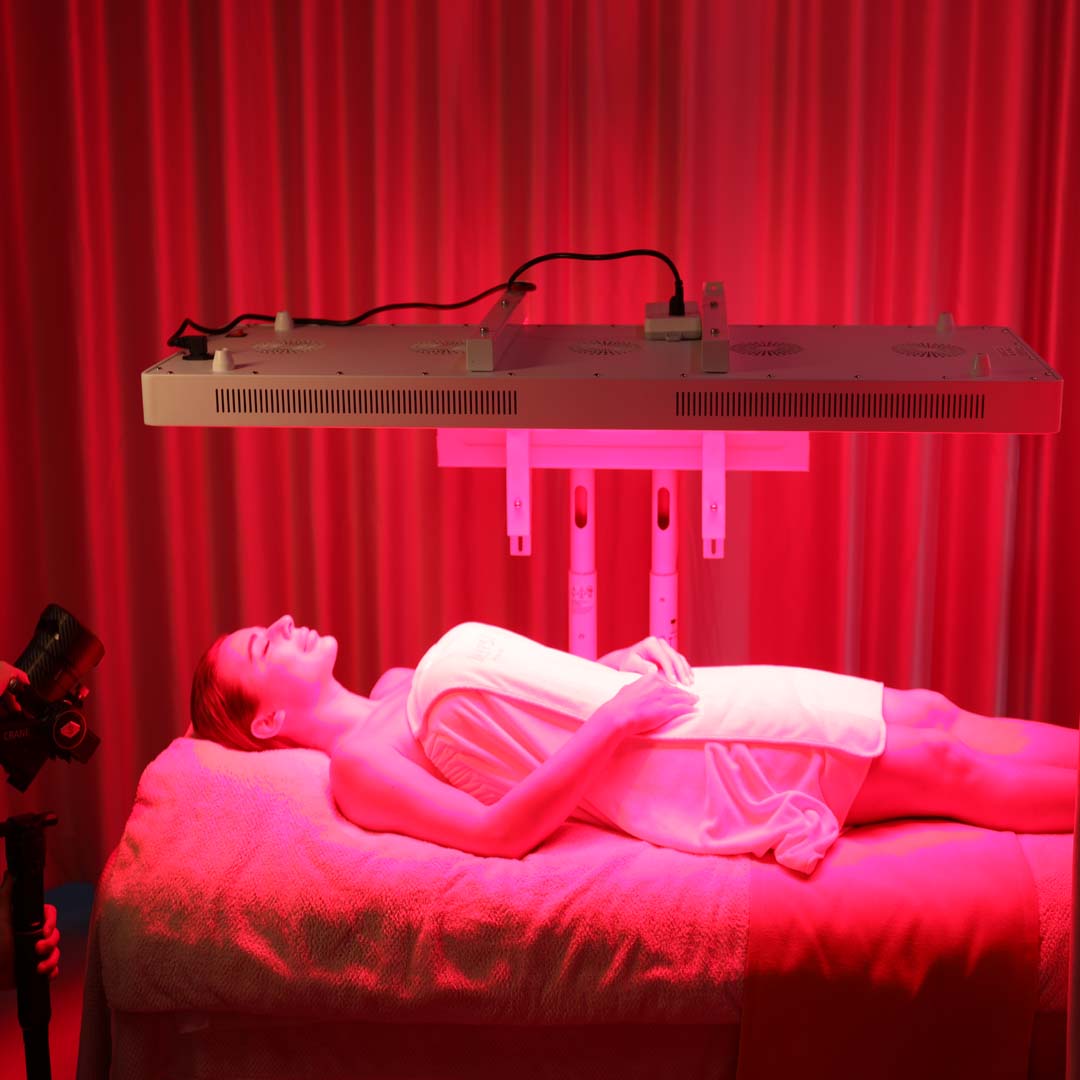
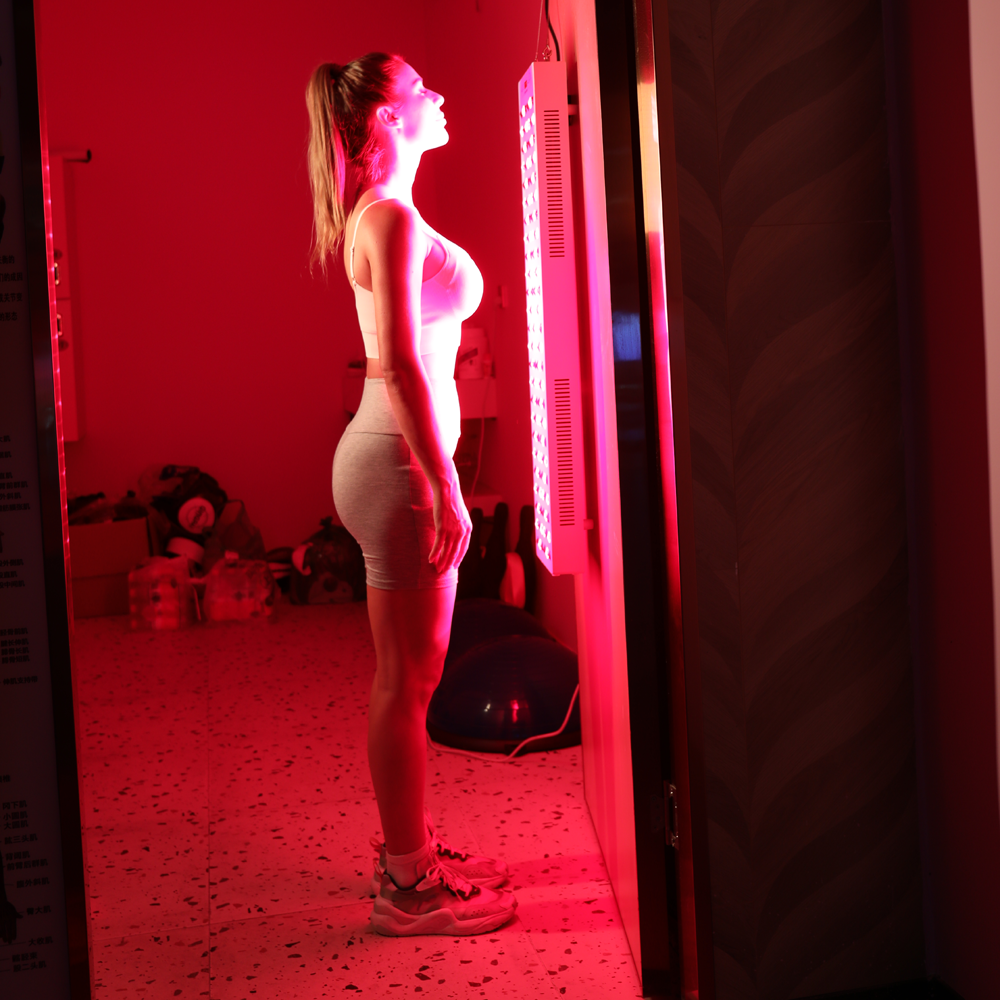
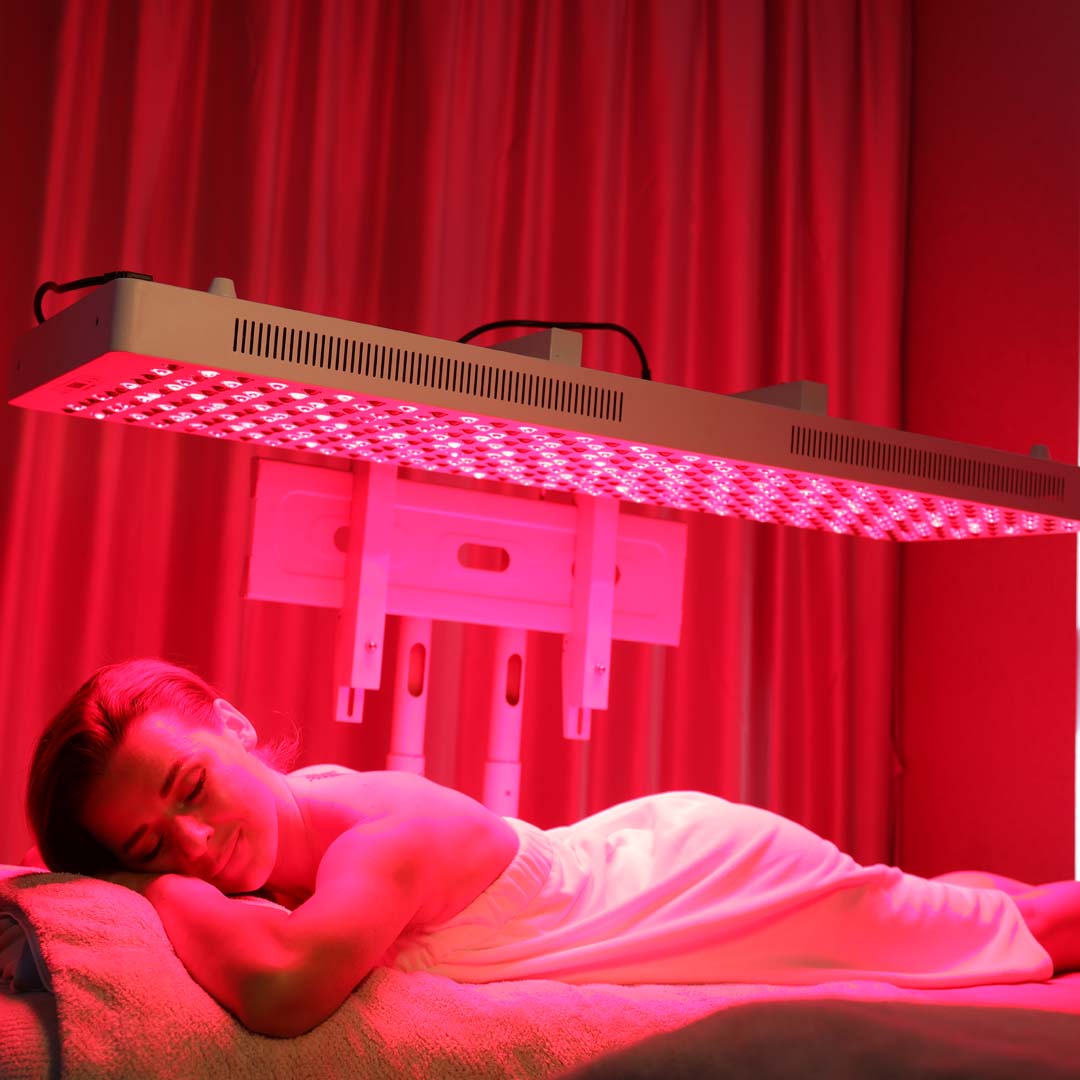
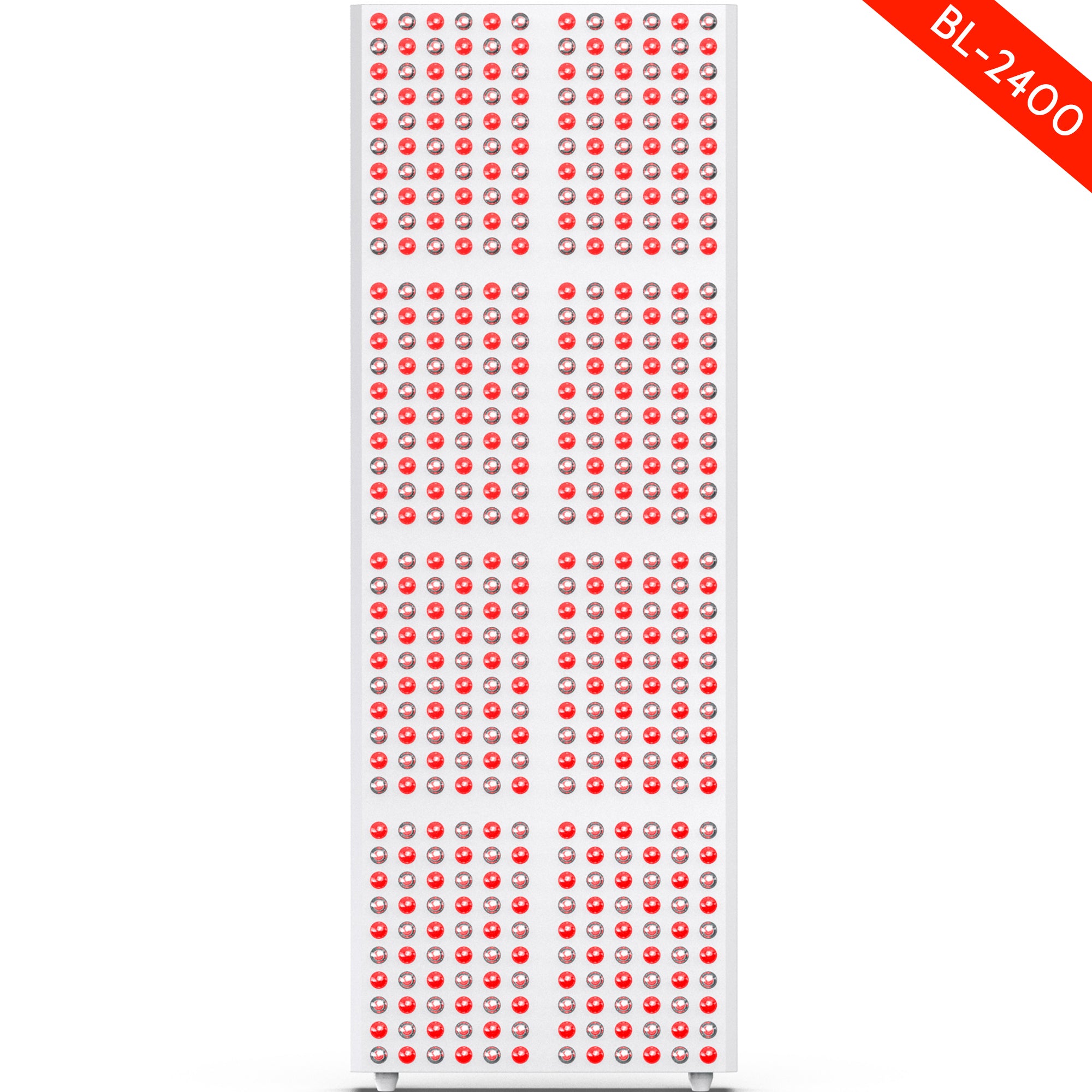
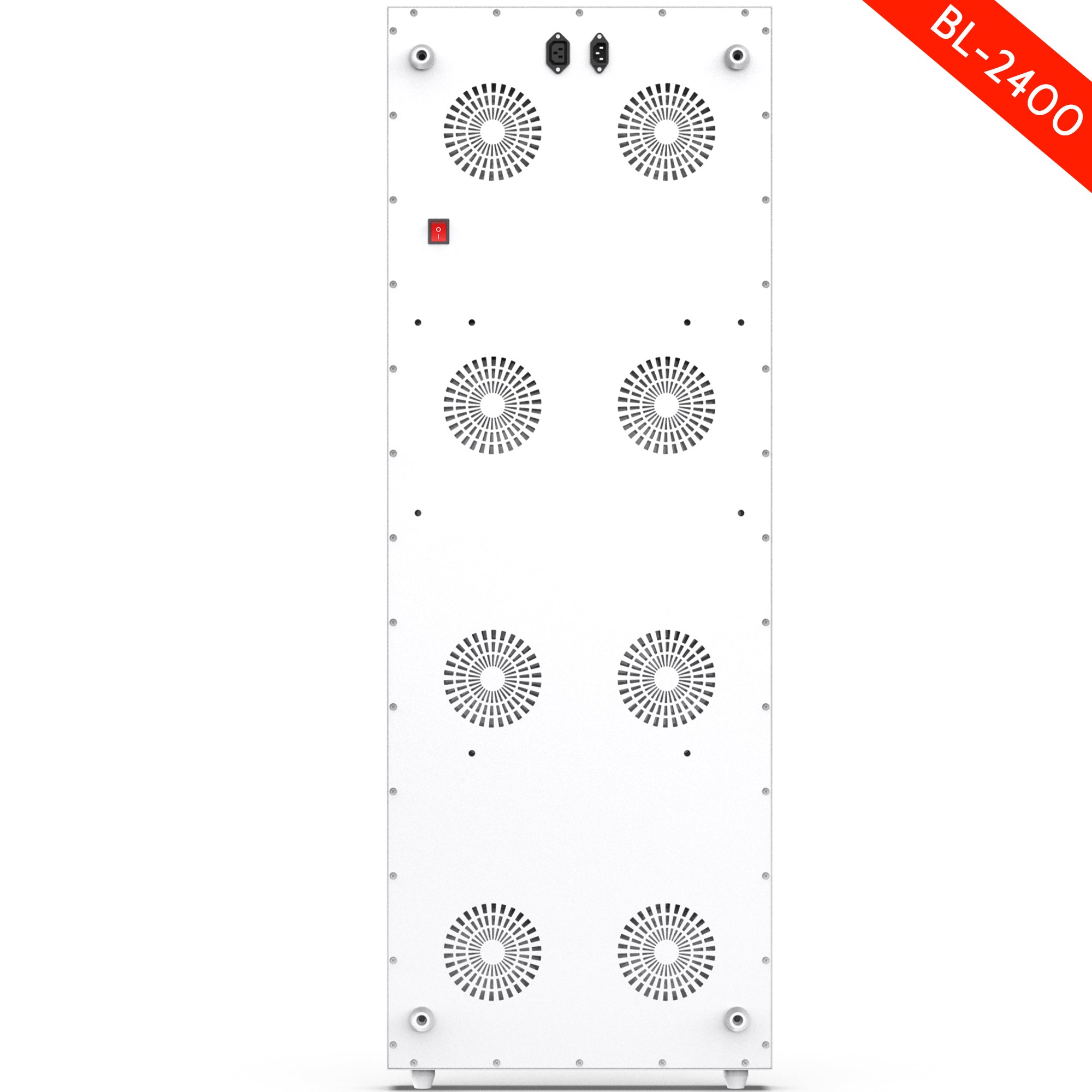
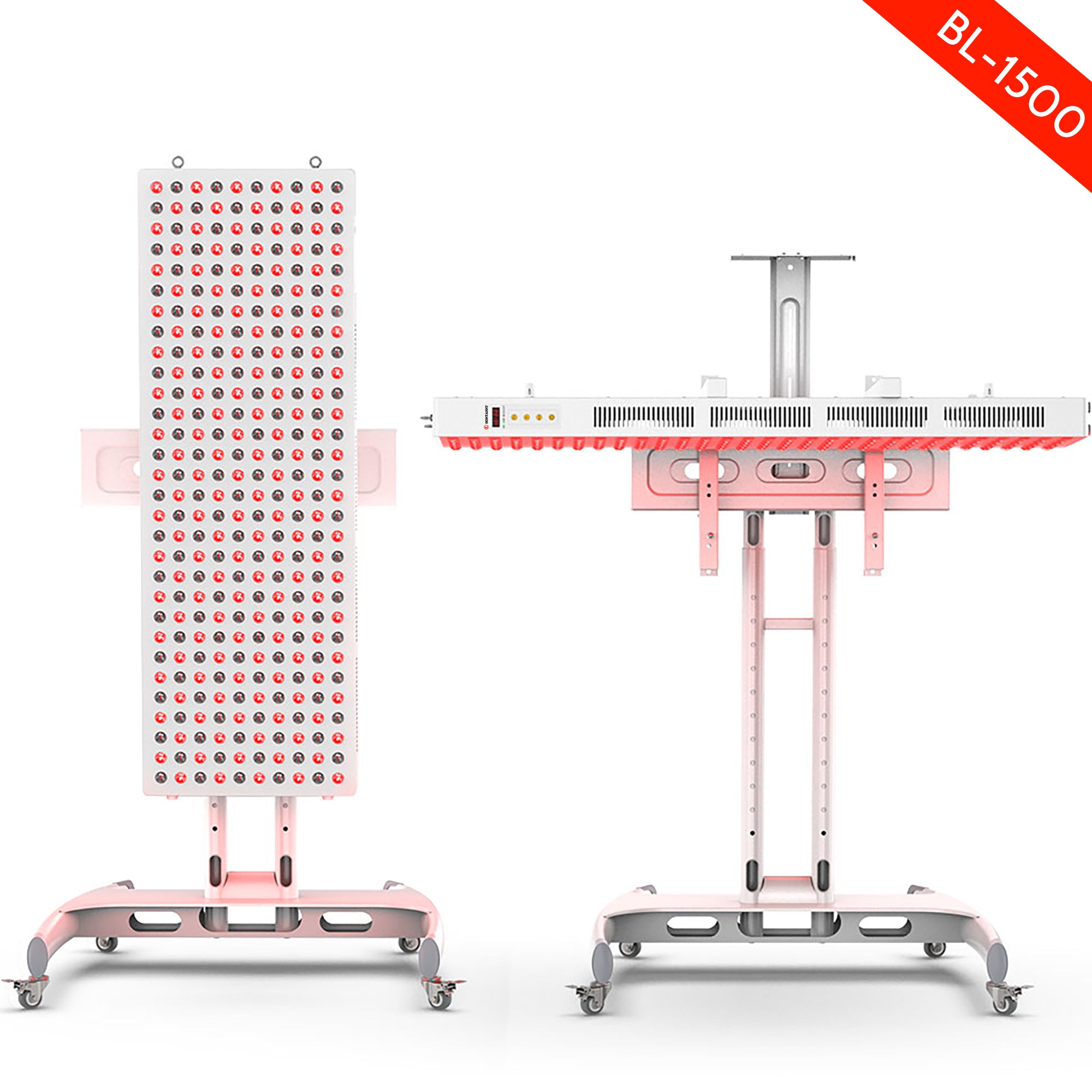
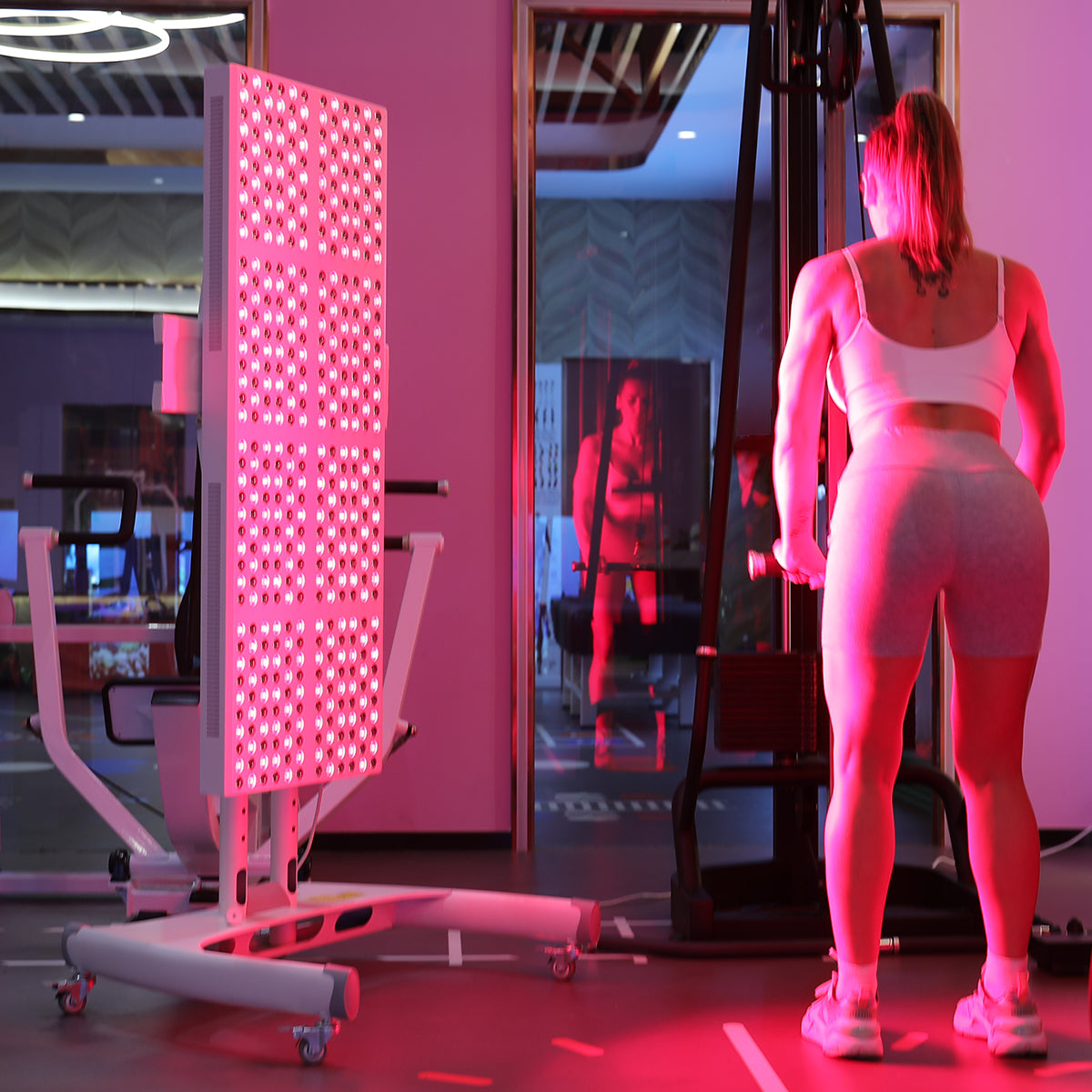
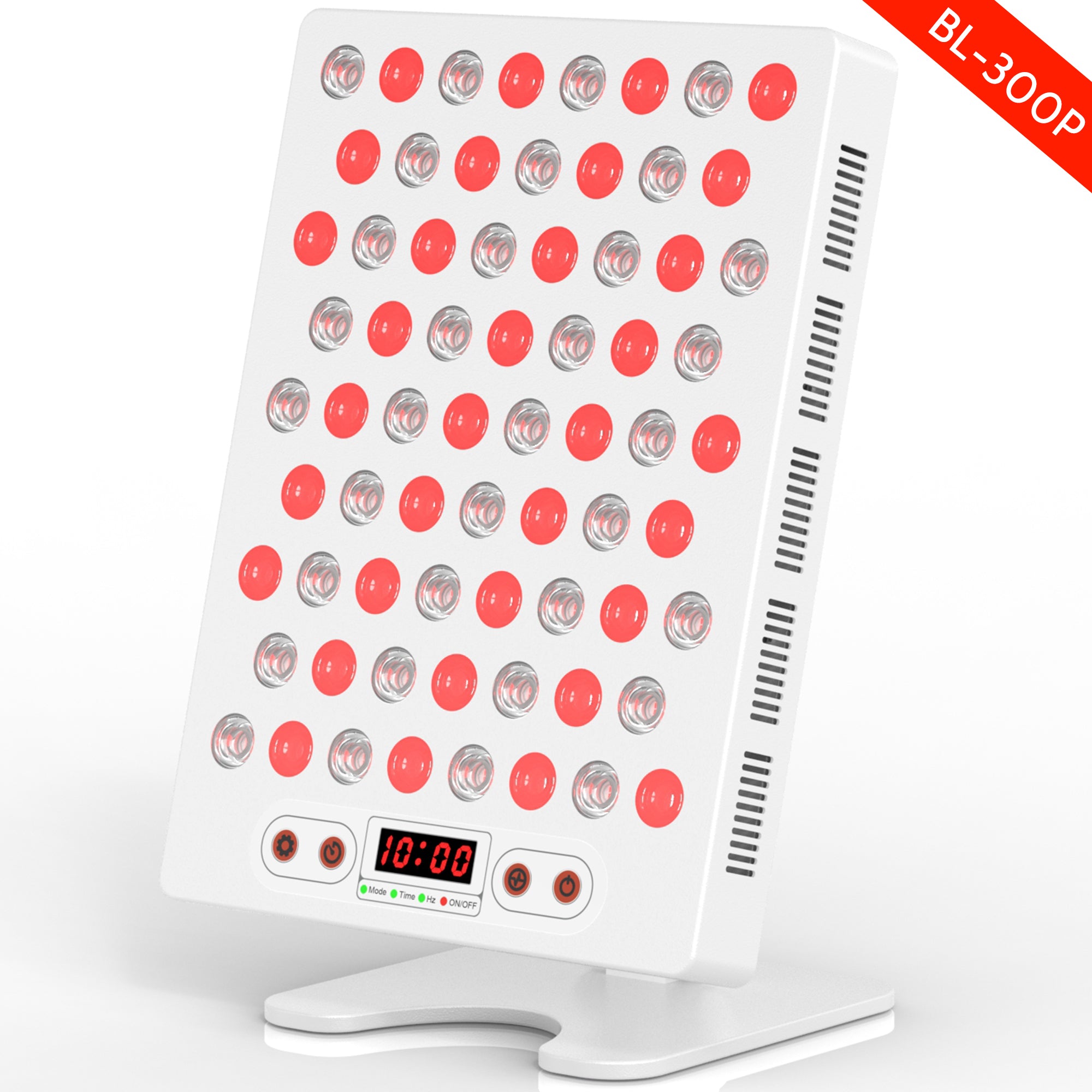
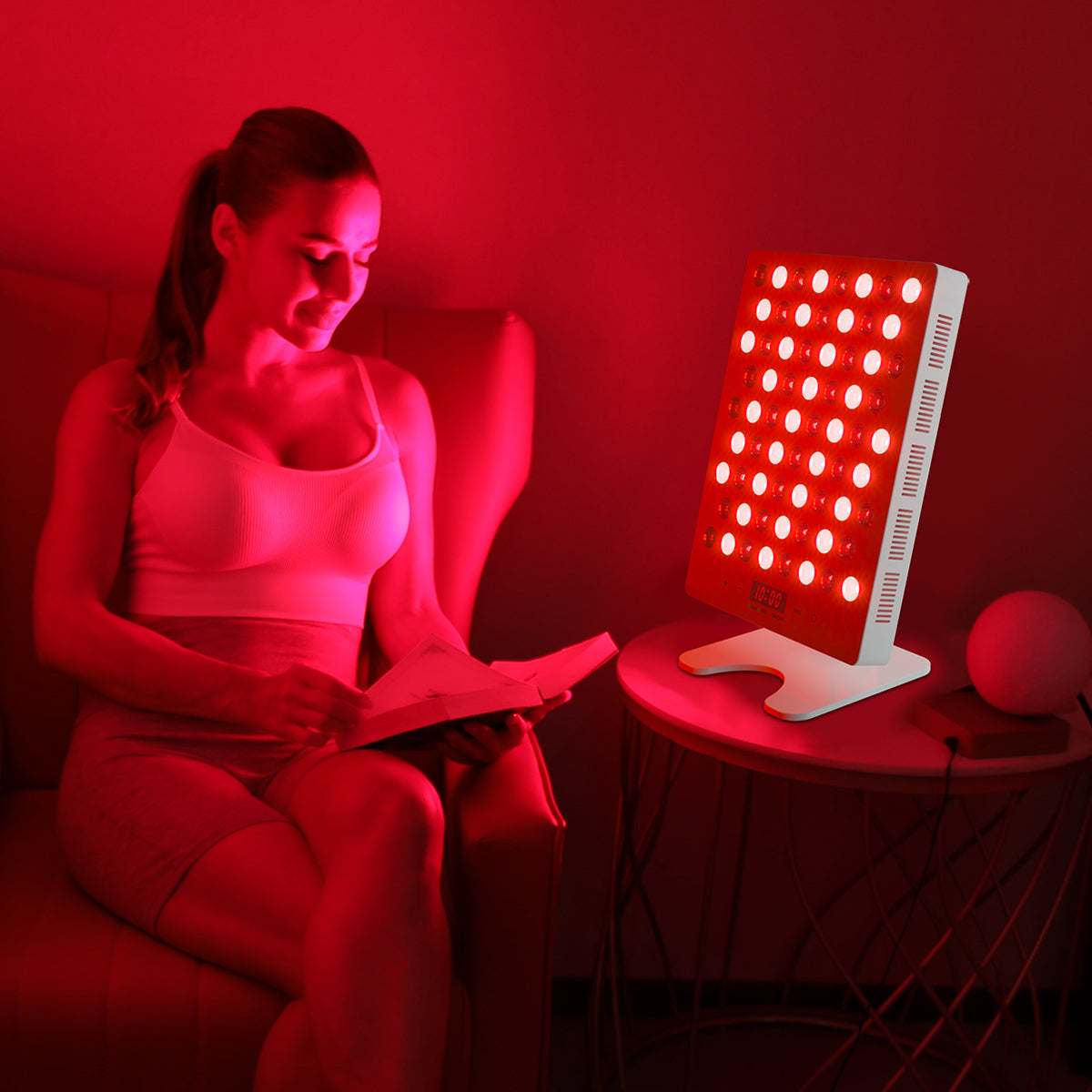
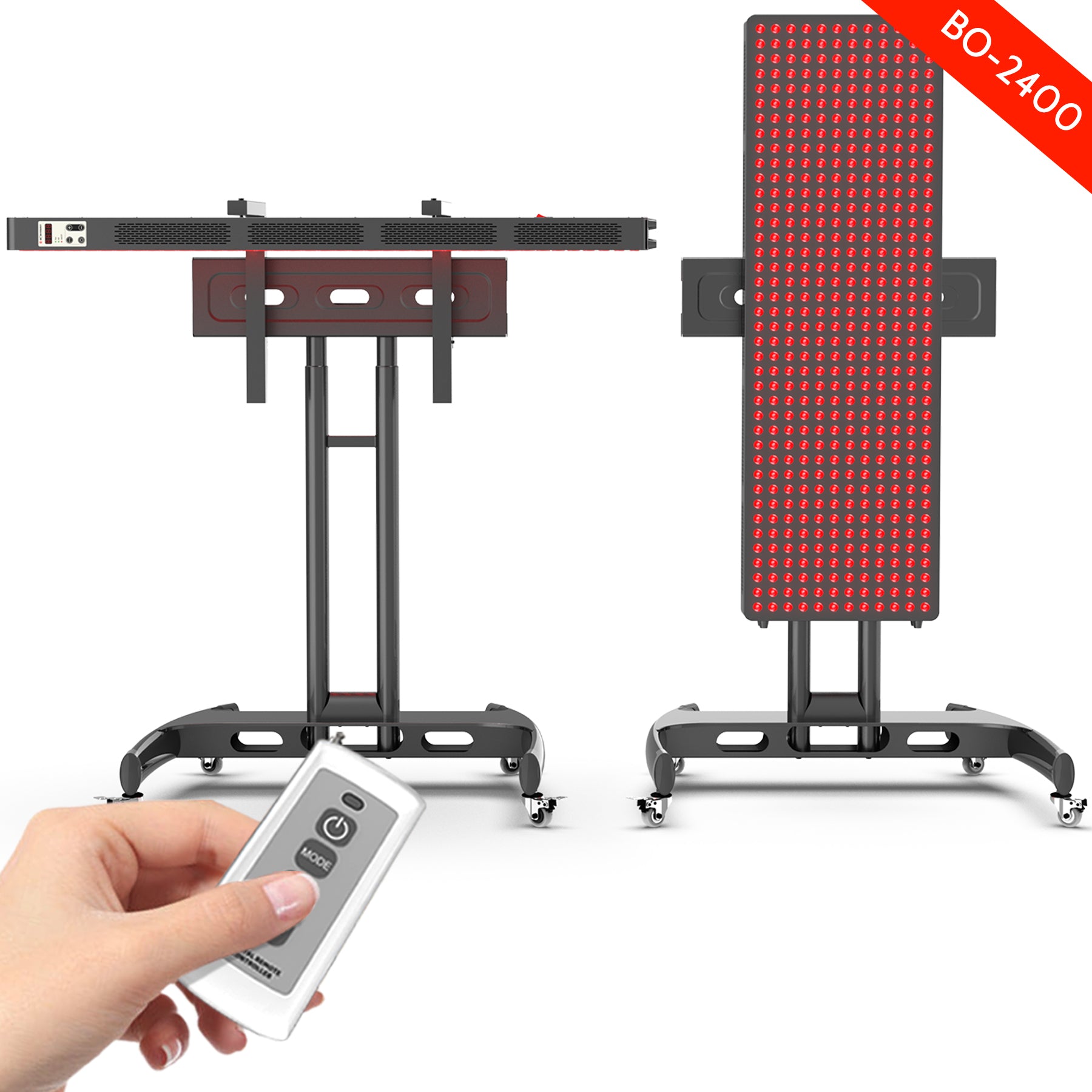
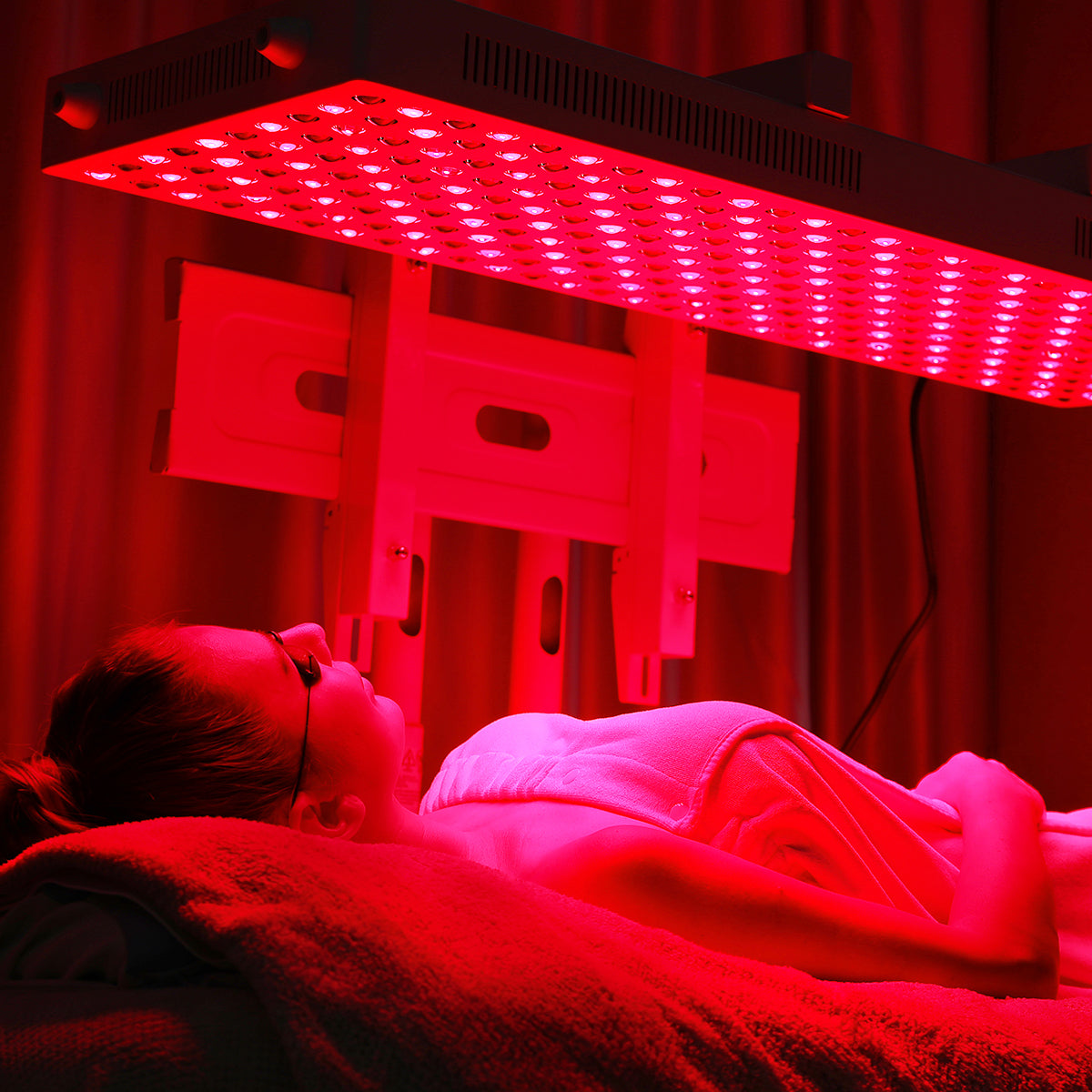
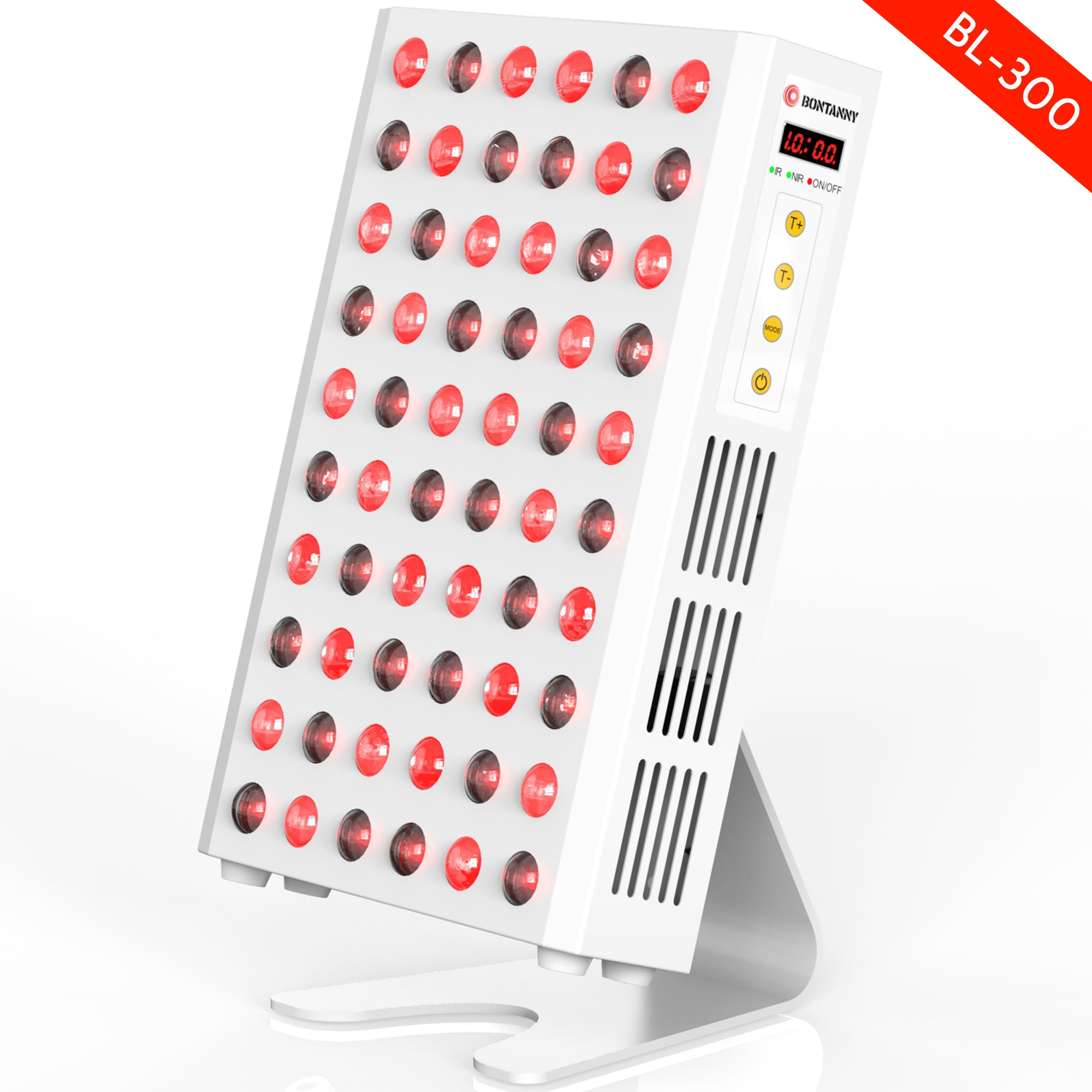
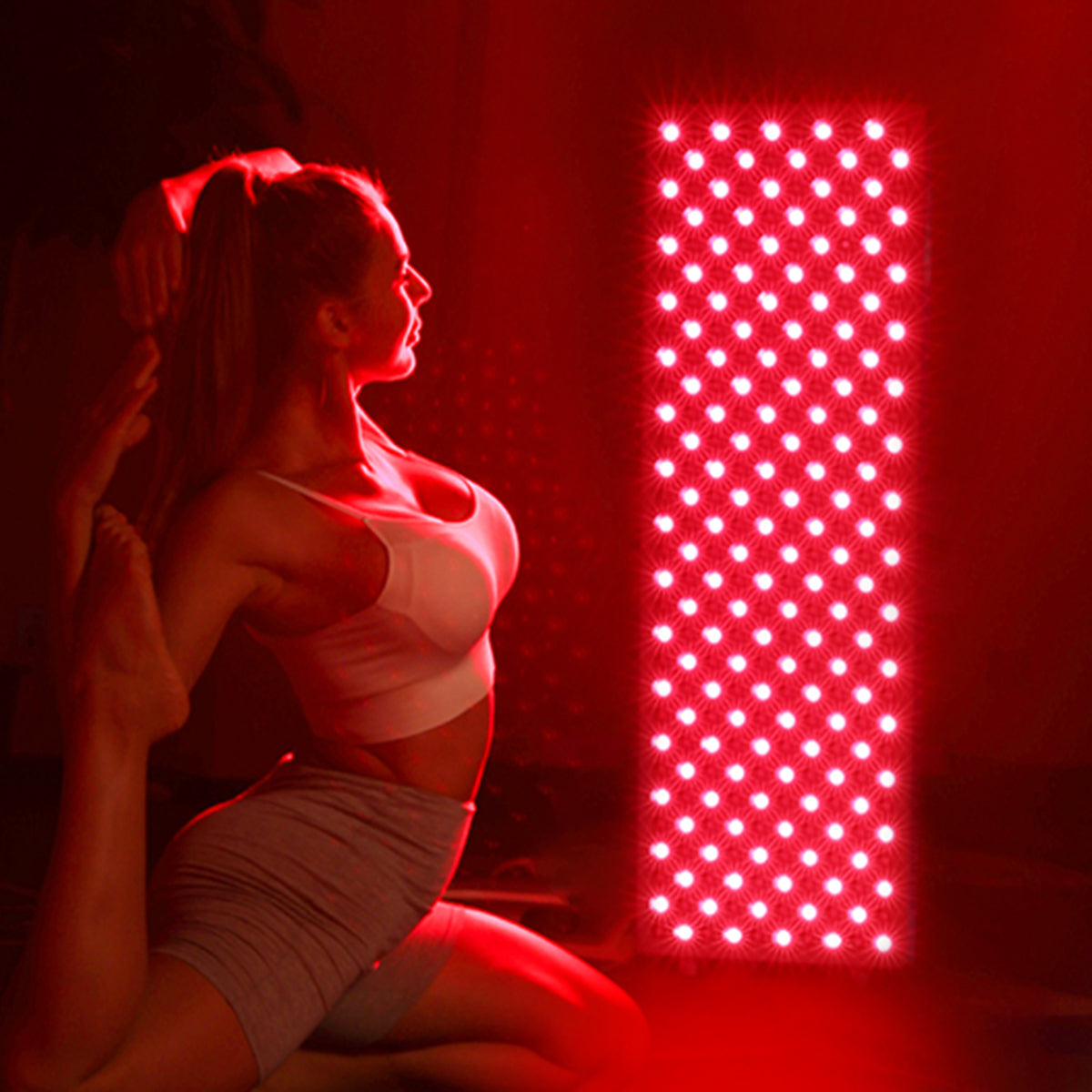
Leave a comment
This site is protected by hCaptcha and the hCaptcha Privacy Policy and Terms of Service apply.